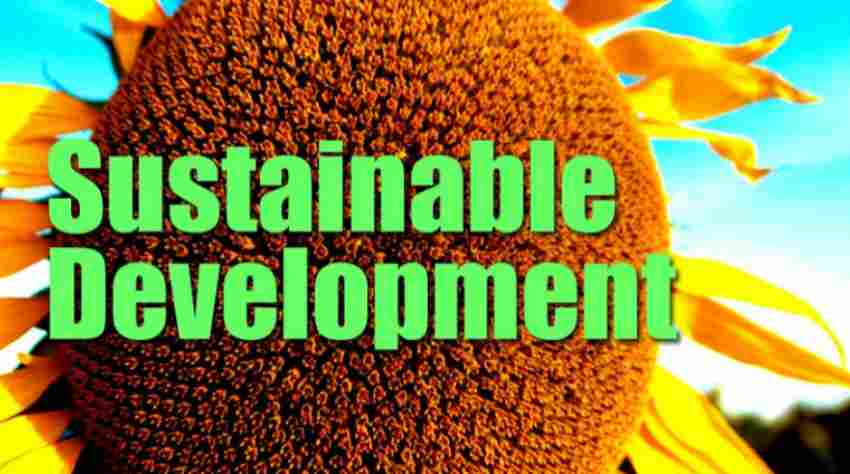Education alone cannot achieve a more sustainable future; however, without education and learning for sustainable development, we will not be able to reach that goal.
Sustainable development allows learners to take corrective decisions and responsible actions for economic viability, and environmental integrity of a society, for present and future generations, while respecting cultural diversity. It is about life long learning and is a major part of quality education. Sustainable Development is transformational education which addresses learning content and outcomes, learning environment, pedology.
SD is for everyone, at whatever stage of life they are. Therefore, it takes place, within a perspective of lifelong engaging all possible learning spaces, formal learning, non-formal and informal, from early childhood to adult life. Learning enables us to understand ourselves, links with the social environment and widely natural, also this understanding serves as a durable basis for building respect.
The SD mainly contains the integrated critical issue, such as climate change, disaster risk reduction, climate change and sustainable consumption and production (SCP). The pedagogy and learning environments consist designing teaching and learning in an interactive, learner- centered way that allows exploratory, action oriented and transformative learning. Reviewing learning environments like physical as well as virtual and online, to inspire learners to act for sustainability. In social transformation which follows empowering learners of any age, in any educational format, to transform themselves and the society they live in.
SD empowers people to be ‘global citizens’ who employ and assume active roles, both locally and globally, to face and to settle global challenges and ultimately to become proactive contributors to initiate a more peaceful, tolerant, inclusive, secure and sustainable world.
The Sustainable Development gives an outcome like stimulating learning and promoting core competencies, such as critical and systemic thinking, taking responsibility, collaborative decision-making for present and future generations. It focuses on key issues like climate change, biodiversity, disaster risk reduction, water, cultural diversity, sustainable lifestyles and sustainable urbanization. The teaching and learning for a Sustainable Future is multimedia, interactive professional development program with exercise, material and links that help educators deepen their understanding of education for sustainability and its significance in addressing the economic, social, and environmental issues of the world.
Sustainable development cannot be achieved by technological solutions, political regulation or financial instruments alone. We need to implement the way we think and act. This set the quality education and learning for sustainable development at all levels and in all social contexts.
Education for Sustainable Development (ESD) is about enabling us to creatively and constructively address present and future global challenges and develop more sustainable and resilient societies.
Educational sustainable development involves studying local and global issues which cover knowledge, skills, perspectives, values, and issues must all be addressed in a formal curriculum that has been reoriented to address sustainability. Deciding what to leave out – what does not contribute to sustainability is an integral part of the reorienting process. Let’s look more closely at these five components of an education reoriented to address sustainability.









